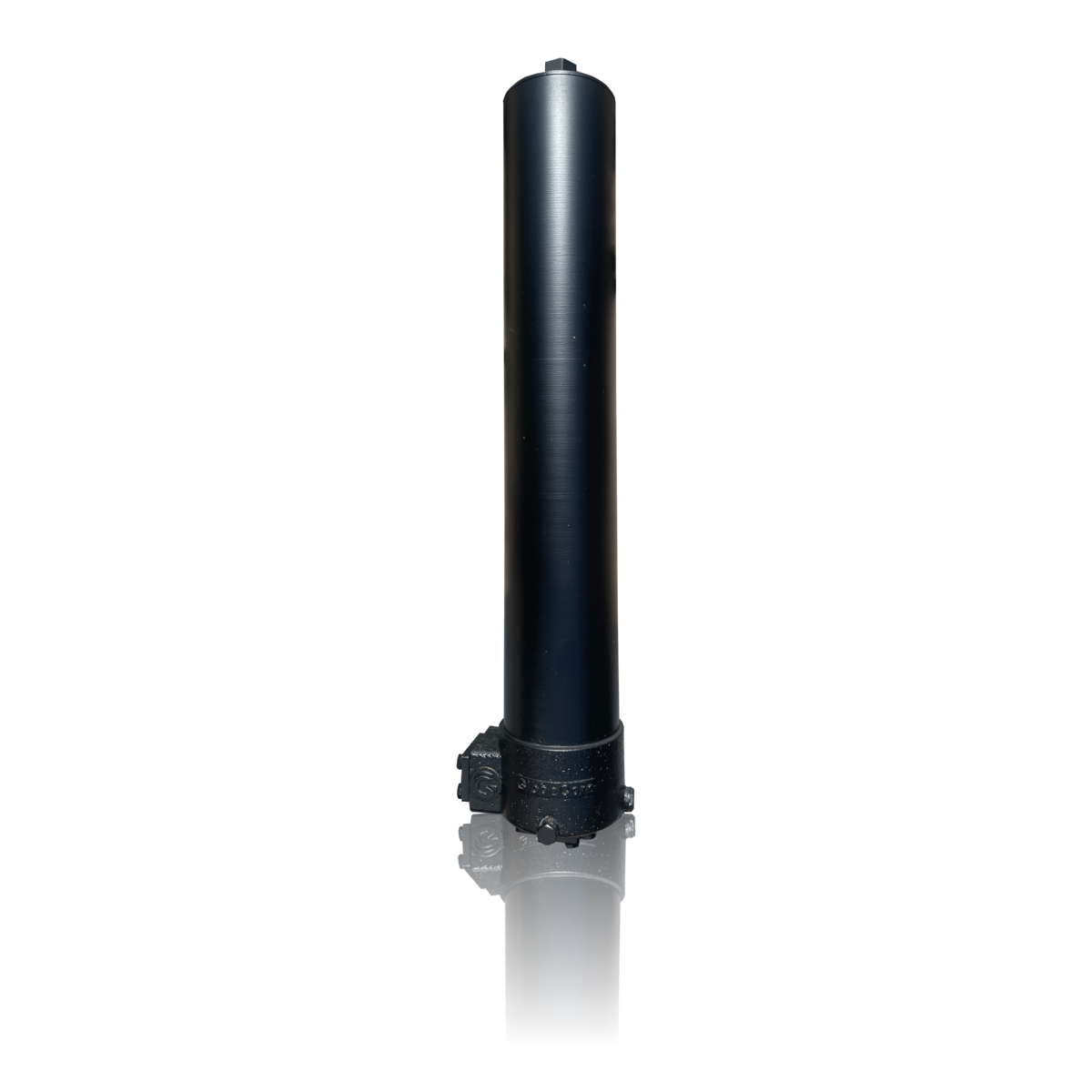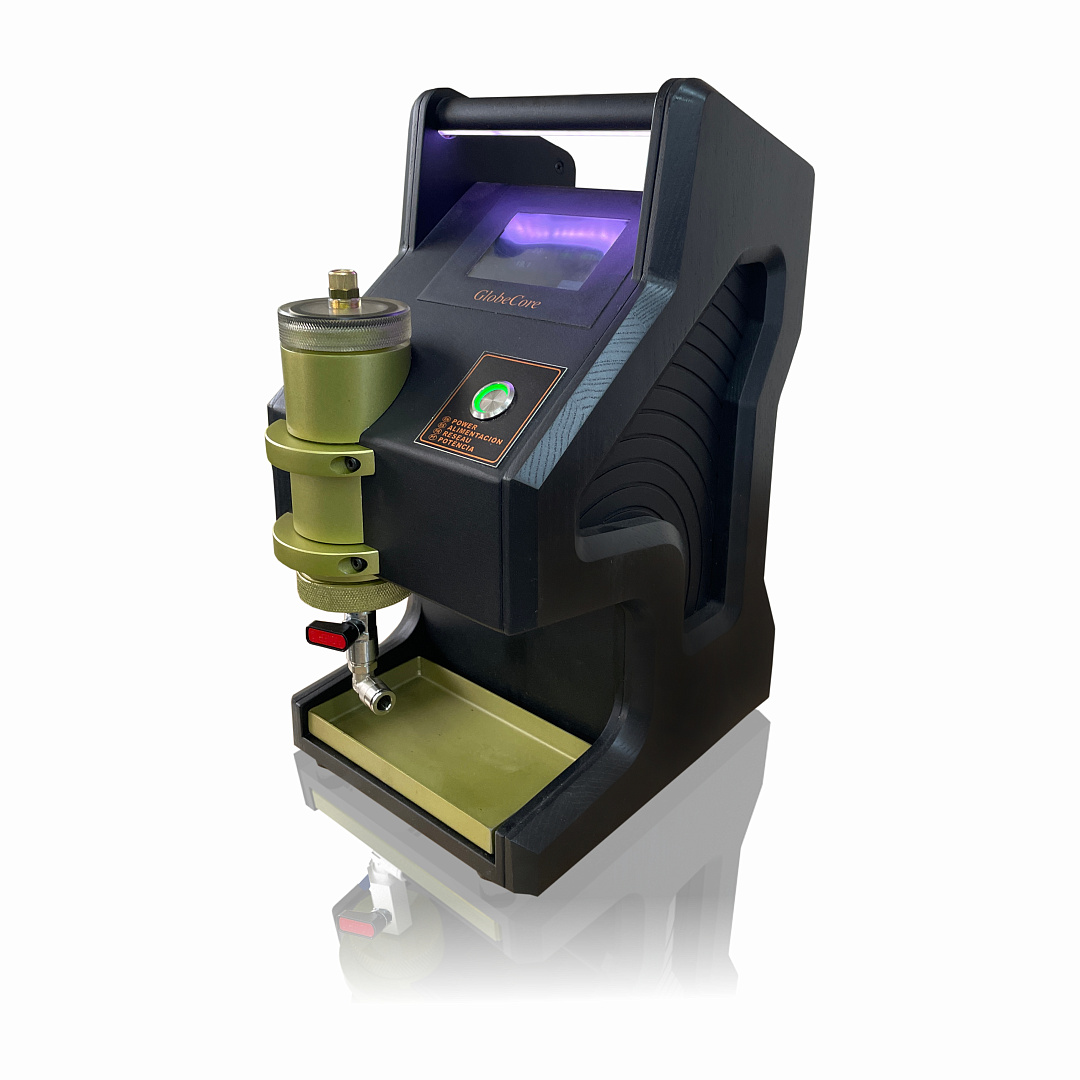What are the key considerations during Diesel Purifier Installation?
- Este debate tiene 1 respuesta, 2 mensajes y ha sido actualizado por última vez el hace 1 año, 2 meses por .
Answers
-
octubre 4, 2024 a las 11:44 pm by Olivia Baker
When installing a Diesel Purifier, several key considerations ensure optimal performance and seamless integration with existing fuel systems. System Compatibility is paramount; the purifier must match the flow rate, pressure requirements, and diesel type of the existing fuel system to function effectively. Space and Layout must be evaluated to ensure the purifier fits within the designated area without obstructing operations, allowing for easy access and maintenance. Proper Ventilation and Cooling are essential to prevent overheating and ensure efficient operation of the purifier’s components. Power Supply Requirements must be met, ensuring that the installation location can support the purifier’s electrical needs. Secure Mounting and Stability are necessary to minimize vibrations and prevent leaks, ensuring the purifier remains operational under various conditions. Piping and Connections should be correctly sized and sealed to facilitate smooth fuel flow and prevent contamination. Compliance with Safety Standards ensures that the installation adheres to industry regulations, minimizing risks associated with fuel handling. Integration with Monitoring Systems allows for real-time tracking of fuel quality and purifier performance, enabling timely maintenance and adjustments. Lastly, Training for Personnel ensures that operators understand the purifier’s operation and maintenance procedures, promoting efficient and safe usage.



